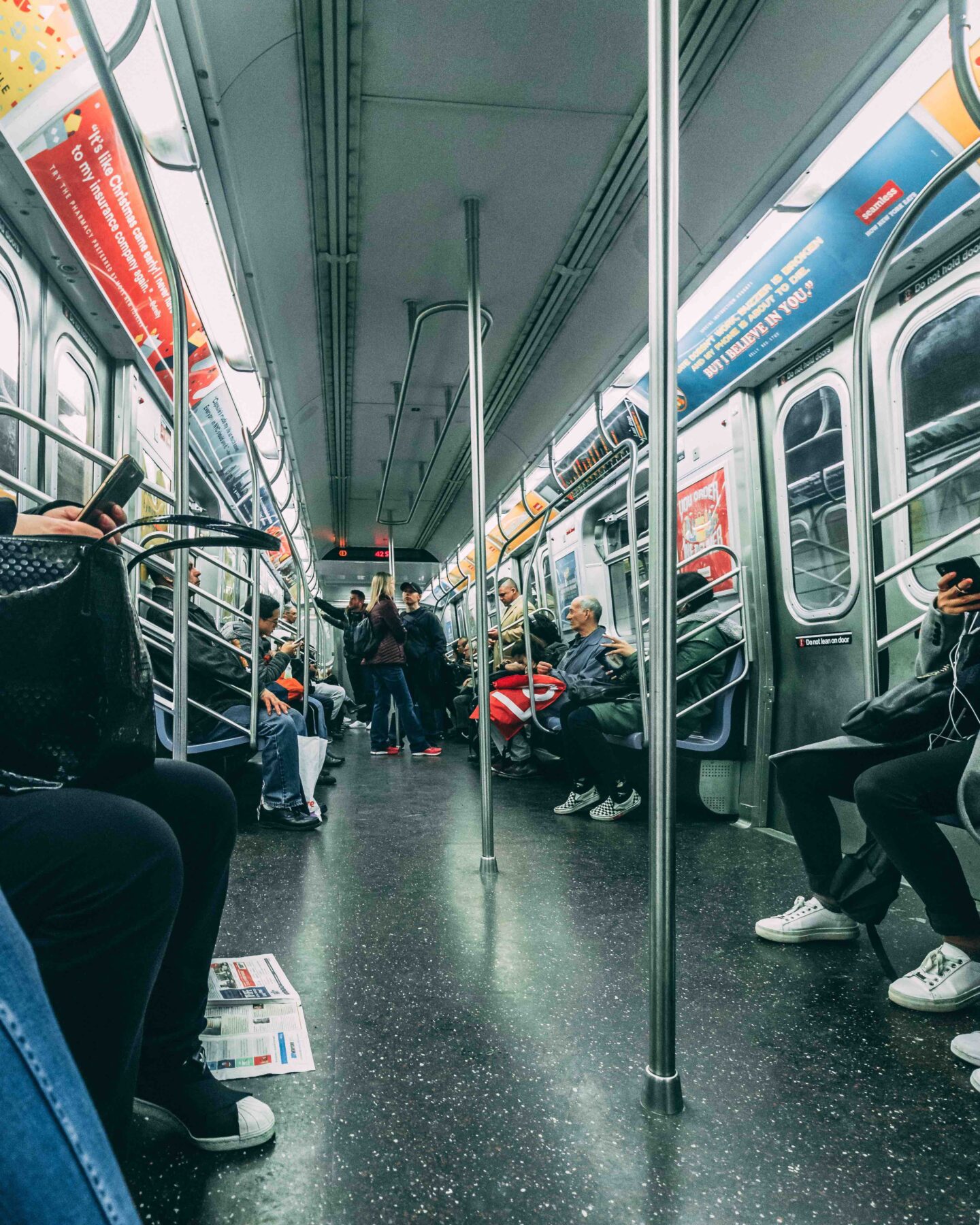(Bloomberg) —
The use of public transit in the US severely lags the footfalls seen in Europe and even its neighbor Canada. And that’s in good measure due to decades of underinvestment and insufficient policy support. Even when the US passed the largest climate bill last year, advocates were dismayed that it included little support for transit options like buses or metros.
A $400 billion pot of funding — run by the Loan Programs Office — is now seeking to plug this gap by supporting public transportation, according to the LPO’s Director Jigar Shah. It’s still awaiting applications.
The LPO, overseen by the US Department of Energy, has distributed nearly $33 billion in loans and loan guarantees over the past 14 years. Its main mandate is to support new-energy technologies and, more recently, even reshoring jobs in the electric-vehicles supply chain. It gave a loan to a Ford Motor Co. joint venture in June to build lithium-ion battery factories in the US to bolster the carmaker’s growing electric-vehicle fleet.
Read More: Ford Gets $9.2 Billion to Help US Catch Up With China’s EV Tech
The 2022 Inflation Reduction Act has supercharged the LPO’s lending authority by nearly 10 times. In a recent episode of the Zero podcast, Shah addressed whether the LPO could ever fund public transport. He said:
We can have all sorts of ideas and dreams here at the Loan Programs Office. And we do have the authority, I think, to be able to fund public transit. But remember, we’re private sector-led, government-enabled. So the private sector has to come to us with a public transit application, which I have currently not received.
Shah said that the deep-pocketed US government program currently has 141 companies or projects across many industries, including new energy technologies and advanced vehicles supply chain, that have applied for loan. If all are approved, the total could be worth $120 billion. He is confident that about a third of the applications will be approved, while other two-thirds will have to go the extra mile to prove they merit the use of public money.
You can listen to the full conversation with Shah below, subscribe to Zero on Apple, Spotify or Google, or read a full transcript of this episode here.
The projects funded by LPO need to show how they support US’s strategic needs, such as building an EV supply chain or reduce greenhouse-gas emissions. That’s where public-transit project applications could come in. Here’s how Shah explained it:
You can imagine a downtown saying, “We want to reduce car congestion by 80%, and so we’re going to have these more efficient ways to move people around downtown, and we’re going to spend $300 million on it. It’s going to save this much greenhouse gas emission, it’s going to be powered by electricity, it’s going to do all these things.” But someone has to dream about it.
Public transport can make a huge difference in curbing emissions. For comparison, the transport-related CO2 emissions were at 5 tons per person in the US in 2019, but only 1.8 tons per capita in the UK and just 0.6 tons in China. Those dreaming that mass transit projects can help the US can start with writing to the LPO.
Akshat Rathi writes the Zero newsletter, which examines the world’s race to cut emissions. You can email him with feedback. His book Climate Capitalism will be published later this year.
To contact the author of this story:
Akshat Rathi in London at arathi39@bloomberg.net
© 2023 Bloomberg L.P.





